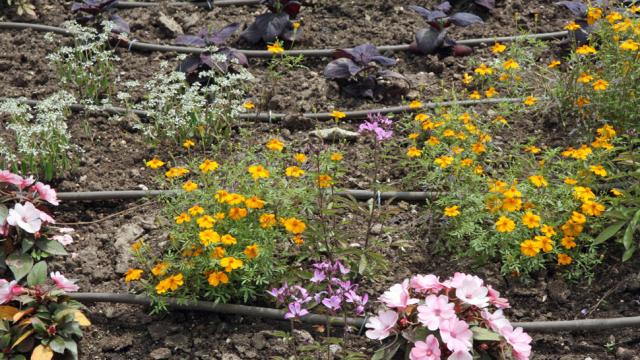Part of the whole draw of gardening is watching your botanical efforts slowly bloom. But let’s face it — most of us barely have time to water the houseplants regularly, much less manage a garden. Luckily, with these internet-enabled plant sensing systems, you’ll be able to watch your garden grow from the couch.
Kuobachi Wi-Fi Plant Sensor
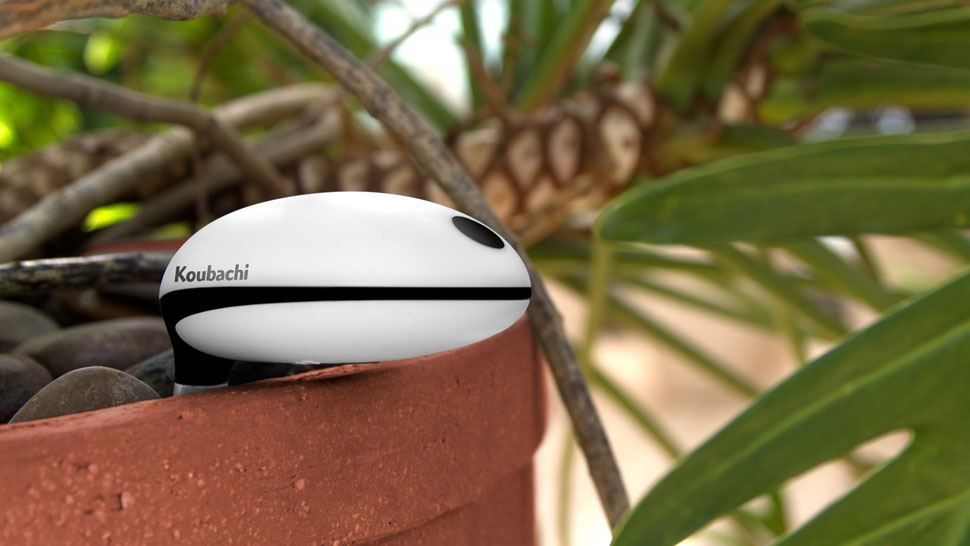
For some of us, caring for a single potted plant is quite enough responsibility, thank you — and even then, keeping up with its routine maintenance is a challenge. But rather than letting yet another ficus slowly wither to nothingness, stick a Kuobachi Wi-Fi Plant Sensor in there and receive watering reminders.
The Kuobachi, as we’ve explained before, takes all of the heavy lifting out of caring for houseplants. These all-in-one sensors measure light, soil humidity and soil temperature, and upload the data to the Koubachi Web platform. By specifying which species of plant the unit is observing, the Kuobachi site will send you specifically-tailored watering, feeding and general care instructions by email or SMS. The Koubachi plant sensor retails for $US97 on the Koubachi website.
GardenBot
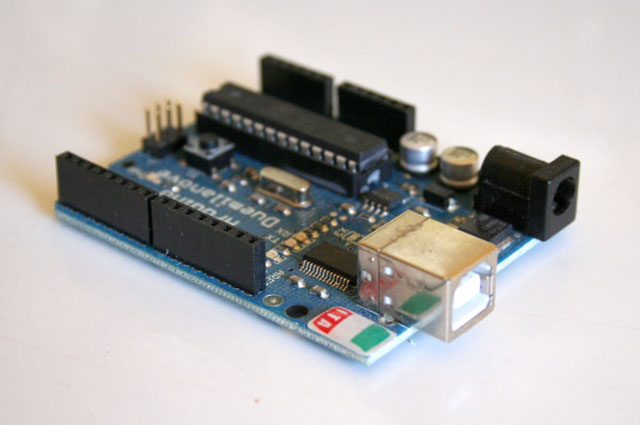
If you are already an experienced Maker and want to build your own comprehensive garden monitoring system, the open-source GardenBot is for you. Acting as the software brain for an Arduino-based microprocessor, the system is still in beta but already supports a number of commercial soil temperature, light and moisture sensors — as well as controlling readily available automatic water valves. The GardenBot dev team is also reportedly working on an automated scheduling function and social media notifications for upcoming software releases.
Here’s a list of the parts you’ll need in addition to the GardenBot software package. Be warned, however, you’ll be doing a fair amount soldering. [GardenBot via TreeHugger]
HarvestGeek
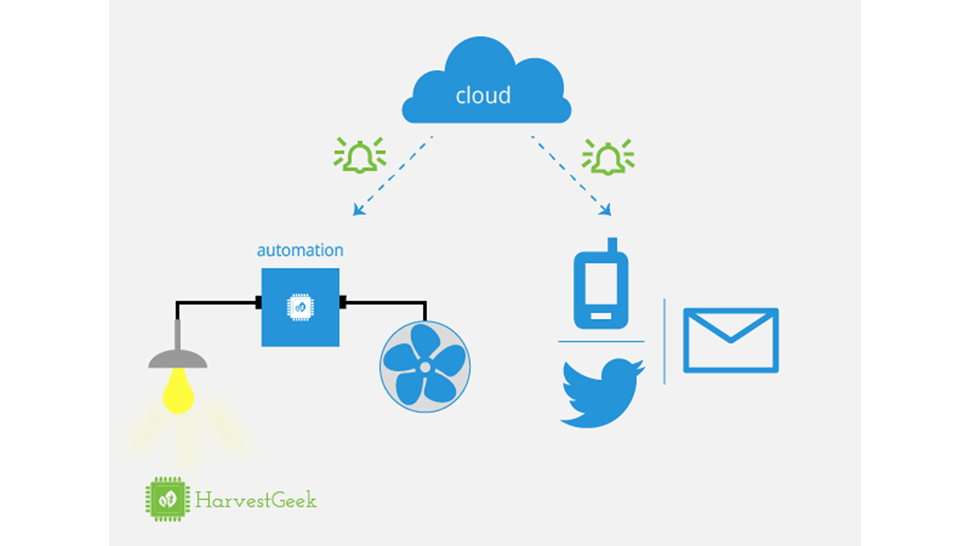
The HarvestGeek system — a self-described “Modern Farmer’s Almanac” — is similar in design to the GardenBot, utilising a series of soil sensors that communicate with a central processor to chart plant status in real-time. However, the HarvestGeek is a more polished, commercialised product that doesn’t require soldering — though it also isn’t free.
The system relies on a series of soil sensors, dubbed HarvestBots, that relay information back to a HarvestBot BaseStation and up into the open-source HarvestGeek cloud. From there, that information can either be distributed via Twitter, Facebook, SMS or email notifications. What’s more, users can set component automation schedules on the HarvestGeek web platform and they’ll be carried out by the BaseStation — a boon to any indoor green thumb whose charges demand precise temperature, humidity and light controls.
The HarvestGeek project began on Kickstarter, and after reaching its goal last February, the company expects to ship its first units on December 12. If you didn’t contribute to the Kickstarter, don’t worry — HarvestGeek will be accepting additional orders beginning in November.
Bitponics
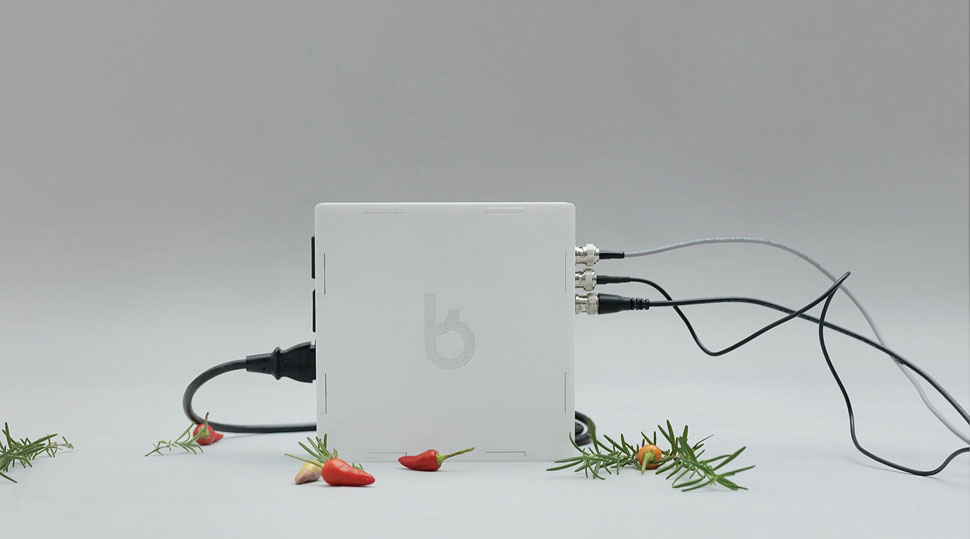
Hydroponics systems can help gardeners grow bigger, better, and more crops. But they require an inordinate amount of attention and dedication. That’s where the Bitponics system comes in. Like the other monitoring systems above, Bitponics relies on remote sensors feeding real-time data back to a base station which shunts it up to a cloud server for processing. But unlike the others, Bitponics is specifically designed for hydroponic gardens.
Not only will the waterproof monitors keep precise tabs on water temperature and pH, the data is fed into the Bitponics Cloud, which uses it to generate a personalised Grow Plan — essentially the water, fertiliser and lighting scheduling for a full grow, flower and harvest cycle. The system can even actively respond to the incoming data without user intervention, automatically adjusting individual components and accessories to bring the garden’s stats back to spec. Bitponics is a bit pricier than the other options, charging a cool $US500 for the base station and up to $US50/month for commercial grow operations.
Parrot Flower Power

AR Drones aren’t the only thing Parrot builds anymore. The company has recently expanded its product line to include the Flower Power plant monitor. It performs many of the same functions as the Kuobachi, but through a dedicated iOS app rather than a web platform. Simply stick it next to a potted plant, choose the correct plant from a database of more than 6000 species, and wait to be told when to water. The system automatically monitors sunlight, soil moisture, fertiliser, and air temperature levels to keep its charges healthy and happy. The Flower Power is currently available for $US60 on pre-order and will begin shipping in November.
PlantLink
The PlantLink, from Oso Technologies, adds some unique twists to the standard sensor and base station system. Conceived and designed by a team of former University of Illinois engineering students, the PlantLink allows watering control over both indoor and outdoor plants. The system’s sensors rely on the ZigBee standard to communicate with the base station — offering a greater range than similar Bluetooth devices — which tracks the plants’ welfare, sampling soil moisture readings every five to 10 minutes. It can automatically activate water valves or notify you of impending plant deaths. It even adjusts watering schedules to accommodate local weather so you won’t have to override the system every time it rains.
The system did successfully exceed its $US75,000 Kickstarter goal this February, though there is no word yet on when the units will actually begin shipping.
These are just a few of the front-runners in the exploding remote garden monitoring market (itself a component of the rapidly expanding home automation movement in general). But they all require either a fair amount of setup time and effort or the expenditure of real money — two things you can save simply be remembering to manually water. But if you are tired of going through houseplants faster than bottles of milk, these systems are exactly what you need.
Top picture: federicofoto
